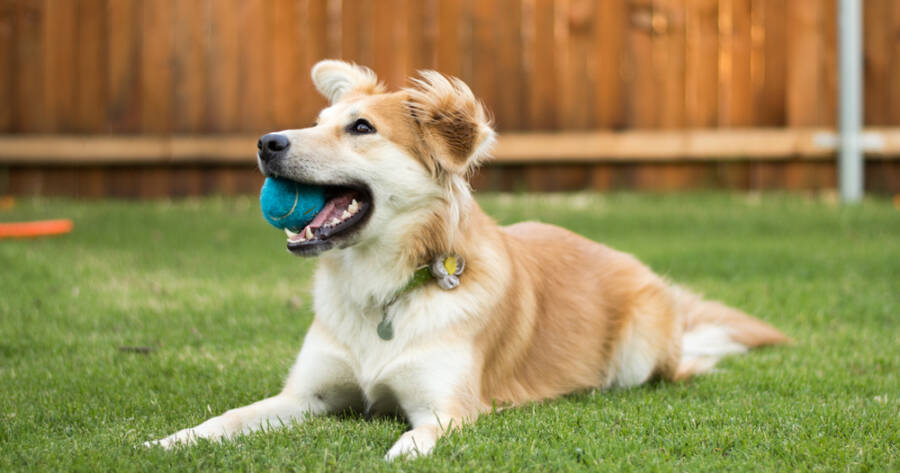Pets can bring immense joy and companionship to our lives, transforming a house into a warm, loving home. In turn, pet owners often seek ways to make their living spaces not only stylish but also accommodating and secure for their furry friends. Striking a balance between aesthetics and practicality might require some creative planning. Explore various aspects of pet-friendly home design that to blend safety and style seamlessly.
Designing Safe Spaces for Pets
Ensuring a safe environment can be a primary concern for pet owners. Safety might be enhanced by taking several measures, including pet-proofing specific areas of the home. Installing childproof latches on cabinets where cleaning supplies or hazardous materials are stored can prevent curious pets from accessing them.
Electrical cords, often a tempting chew toy for pets, can be covered with protective wraps or secured out of reach. When considering flooring, hard surfaces like tile or laminate may be preferable as they could resist scratches and are easily cleaned. If rugs are essential to your decor, opting for washable or stain-resistant materials might prolong their life and maintain your sanity.
Choosing Pet-Friendly Fabrics and Materials
Fabric selection can significantly impact the durability and longevity of your furniture in a pet-friendly home. Microfiber and leather are often recommended as they may resist stains and scratches, while also proving relatively easy to clean. It might be advisable to avoid delicate materials like silk, which can be easily damaged by claws or become stained.
For those opting for wood furniture, selecting harder woods like oak or mahogany could provide better resistance to scratches. Additionally, placing rugs or felt pads under furniture can help prevent it from sliding, thus protecting both the floors and your pets.
Creating Cozy Nooks and Spaces
Pets often appreciate having their own spots to relax, away from the hustle and bustle of human activity. Designing cozy nooks or designated pet areas in your home might provide them with comfort and security. Consider integrating pet beds or cushions into hidden spaces such as alcoves or under staircases.
These nooks can enhance the overall design while offering a functional spot for rest. Multi-level homes may benefit from pet-friendly staircases, possibly with additional traction surfaces to prevent slipping. In spaces with open balconies or lofts, adding child-safe railings might reduce the risk of adventurous pets slipping through the bars.
Integrating Stylish Décor with a Pet Focus
Stylish does not have to mean pet-unfriendly. It is entirely possible to maintain a chic interior while catering to the needs of pets. Shelving and wall-mounted units can create vertical spaces for cats to climb and explore, while doubling as eye-catching decor.
For the trendy pet owner, consider matching your pet’s accessories to your home’s color scheme. Pet beds, feeding stations, and toys now come in an array of designs that may complement any interior design style. Incorporating these elements into your home could allow for style consistency without sacrificing functionality.
Landscaping and Outdoor Spaces
Outdoor spaces can serve as a paradise for pets, providing them with room to roam, exercise, and explore. Fencing is often crucial for safety, potentially preventing escapes and interactions with wildlife. If you are designing a pet-friendly garden, considering non-toxic plants can avoid accidental ingestion of harmful substances.
Incorporating features like a pet splash pool or designated digging areas might offer both entertainment and exercise for outdoor-loving pets. At the same time, shaded areas and proper hydration can help ensure their well-being during warmer months.
The Importance of Routine Maintenance
Regular maintenance can aid in maintaining both safety and style within a pet-friendly home. This may involve routine cleaning to manage pet hair and dander, ensuring that it doesn’t detract from the home’s aesthetic or cause health issues for sensitive individuals.
Frequent inspections of fences and pet enclosures can ensure ongoing security. Keeping your pet’s nails trimmed and maintaining their grooming routine could prevent excessive wear on furniture and flooring, potentially prolonging their appearance and safety.
Learn More Today!
Designing a pet-friendly home involves thoughtful planning and creative solutions that prioritize both the safety and happiness of our furry companions. By carefully selecting materials, integrating comfortable spaces, and considering outdoor needs, pet owners might create a harmonious home environment where pets and humans thrive together. With ongoing maintenance and attention to detail, this blend of style and functionality can endure, enriching the lives of both pets and their owners.

